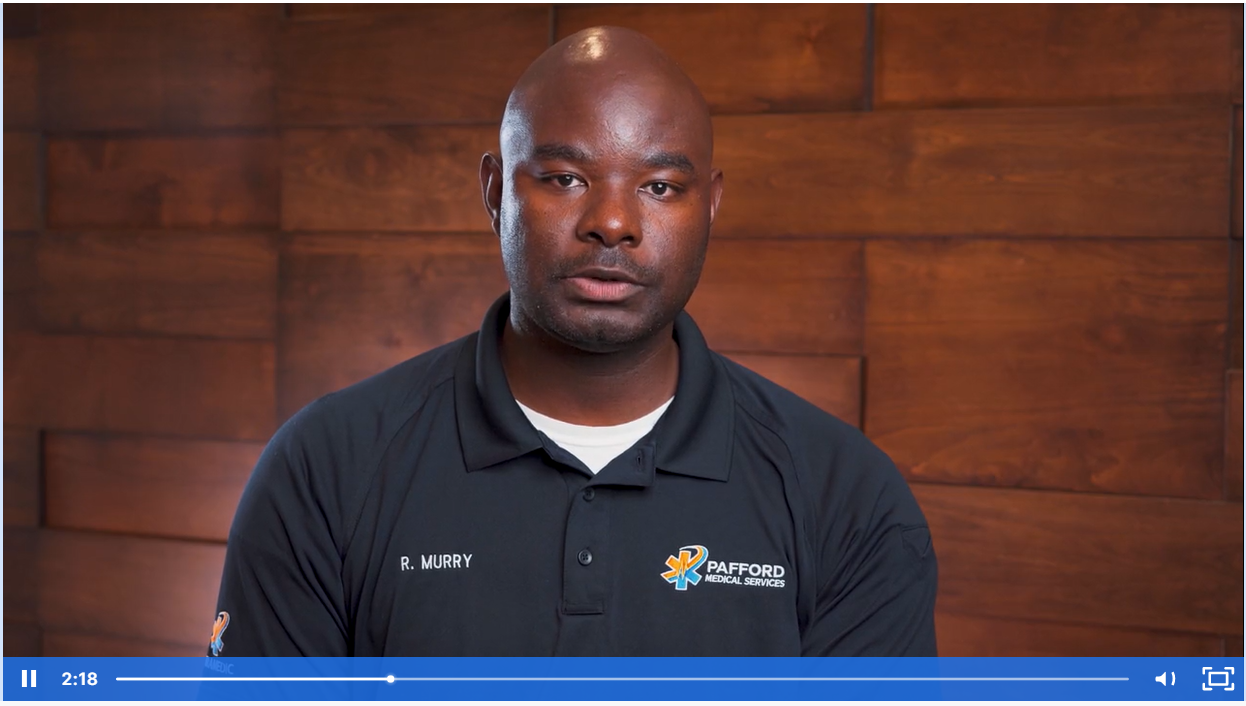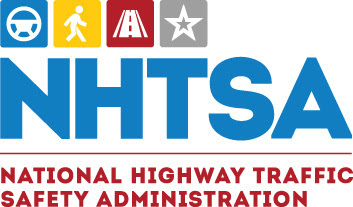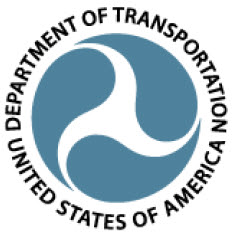Prehospital Blood Transfusion Initiative
Press Release from the Prehospital Blood Transfusion Initiative Coalition
PREHOSPITAL BLOOD TRANSFUSION INITIATIVE COALITION BEING FORMED
Contact:
Bill Skillman
bskillman@veli.co
781 315 7537
In cities, towns and rural communities across the US people are dying unnecessarily from severe bleeding arising from limited supply of blood products and lack of blood transfusions after injury or other causes of hemorrhagic shock. Bleeding to death from uncontrolled hemorrhage remains the leading cause of preventable deaths among victims of trauma with nearly half of these patients dying in the prehospital setting. Unfortunately, in the vast majority of cases, blood products are not available on emergency medical response vehicles because of reimbursement limitations and local regulations which vary by state.
The Prehospital Blood Transfusion Initiative Coalition (PHBTIC) is being established to address these problems. “A growing number of ground and air medical EMS programs have successfully initiated blood programs in recent years, but more needs to be done to ensure patients in the U.S. who need prehospital transfusion are able to receive it, regardless of where they live” notes John Holcomb, MD, Professor of Surgery at University of Alabama at Birmingham, an internationally renowned trauma surgeon and expert on civilian and military hemorrhage control and resuscitation. The Coalition, led by a steering committee, is building a multi-disciplinary, collaborative initiative to advance four pillars of focused activity to promote prehospital blood transfusion programs:
- Establish reimbursement for blood products transfused in the prehospital setting.
- EMS scope-of-practice allowing the initiation of prehospital blood products in states where it currently is not allowed.
- Strategic preparedness for homeland defense and mass casualties.
- Outreach and education, including regulatory, protocols, and best practices for programs based on experiences of agencies currently conducting programs.
“Our group represents a diverse community of prehospital and hospital-based medical professionals, as well as industry, blood collection, and government partners, whose focus is on improving outcomes of all patients suffering hemorrhagic shock in a data-driven fashion” say Eric Bank, LP, NRP, Assistant Chief of EMS HCESD 48 Fire-EMS and Randi Schaefer, DNP, RN, Clinical Consultant and Scientific Advisor.
The Steering Committee has already reached out to national stakeholder organizations in the EMS, trauma, blood and industry communities and are soliciting others with an interest in ensuring blood products are available in all emergency settings to join the Coalition. They will be scheduling an initial meeting of the Coalition in the coming weeks. Those interested are encouraged to contact Jon R Krohmer, MD at jrkrohmer@gmail.com
### END ###




































